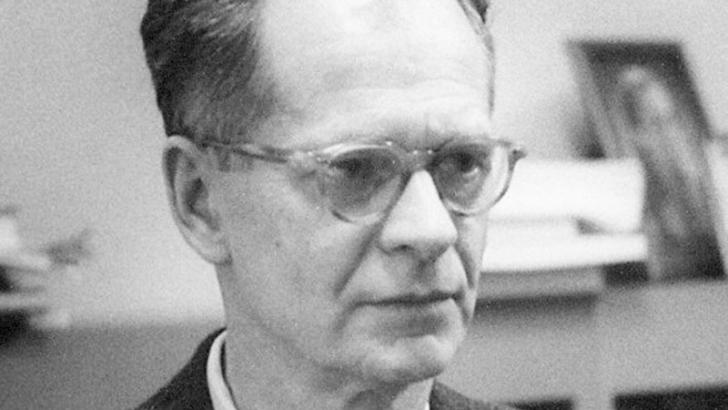Non-Aligned Movement; Objectives & Achievements of NAM
The Non-Aligned Movement (NAM)
Definition: It is a foreign policy initiated by the developing and independent states of Asia, Africa, and the Middle East in their relationship, with the two major power blocs (USA, USSR, and their allies)
- It is the policy of not aligning or taking sides with any of the two power blocs
- It stands for neutralism of policy in international affairs
- It upholds peaceful co-existence with other countries
- It expresses freedom in decision making on international issues.
Non-Aligned Movement Founders
The movement developed in the 1950s following the independence of Asian nations (India, Pakistan e.t.c.) and African states
- 1955 — Asian and African states convened a conference in Bandung, Indonesia.
Conveners of the conference
- Jawaharlal Nehru India
- Surkano — Indonesia
- Marshal Tito — Yugoslavia
- Gamal Nasser — Egypt
- Chou En-Lai – China
Note:
Ethiopia, Libya, and Liberia sent delegates. During this conference, the Non-Aligned Movement (NAM) was launched
Reasons for the rise of Non-Aligned Movement
- The newly independent states did not want to be entangled in the superpower rivalry between the USA and USSR.
- They wanted to establish a forum to enable them to exert their influence in world politics
- They wanted to avoid the arms race between the superpowers
- To enhance friendly relations! peace in the world
- To break off the colonial yoke and safeguard their independence
- To enable them to acquire aid from both power blocs (e.g.Manpower, finance).
Objectives of Non-Aligned Movement
- Safeguard sovereignty of member states
- Fight for decolonization
- Fight against racial discrimination
- Get better terms of trade
- Improve agriculture and raise food production by availing funds
- Discourage neo-colonialism
- Work towards the disarmament of superpowers
- Participate in UNO programs
- Have one voice in international affairs
- Discourage bilateral and multilateral military alliances with the superpowers
- Pursue an independent policy based on peaceful co-existence
- Establish a new world economic order
- Promote neutrality among member states by not aligning with any power block.
Performance and Achievements of Non-Aligned Movement
- Non-aligned countries have gained influence in world affairs. They have increased their voting power in the UNO
- NAM members have attempted to gain neutrality in world affairs. They can seek aid from either the West or East power blocs.
- Facilitating the attainment of independence in previously colonized countries
- Has enabled members to safeguard their independence and territorial integrity
- Promoting peace and international cooperation
- Provides an international forum where the emergent nations can air their views/acts as the spokesman of developing nations
- It has supported disarmament conferences and discourages arms competition
- Have mediated in international disputes
- Has strengthened the economic base of member states by trading with members from the two superpower blocs
- Has made great strides in the development of science and technology
- Has minimized the dominance of the two superpowers over third world countries
- Has discouraged neo-colonialism

Challenges Facing the Non-Aligned Movement
- Shortage of funds — Due to economic problems in some member countries, they have not been able to remit contributions.
- Personality differences among some leaders
- Lack of commitment since NAM members owes allegiance to other organs e.g. OAU, UNO, Commonwealth e.t.c.
- Member countries still retain ties with former colonial masters and hence find it difficult to pursue independent policies
- Political instability e.g. civil wars, coup d’etats
- Border disputes between member states hinder their cooperation e.g. India and Pakistan over Kashmir, Somalia vs Ethiopia.
- Affairs of NAM are not well coordinated due to the lack of a secretariat
- Individual national interests conflict with those of NAM
- Ideological differences between member states
- The collapse of the USSR destabilized the movement. There was no longer any need to align with her.
- Relies on the goodwill of member states to implement decisions
- Weak economies of member states and hence failure to remit funds to NAM
